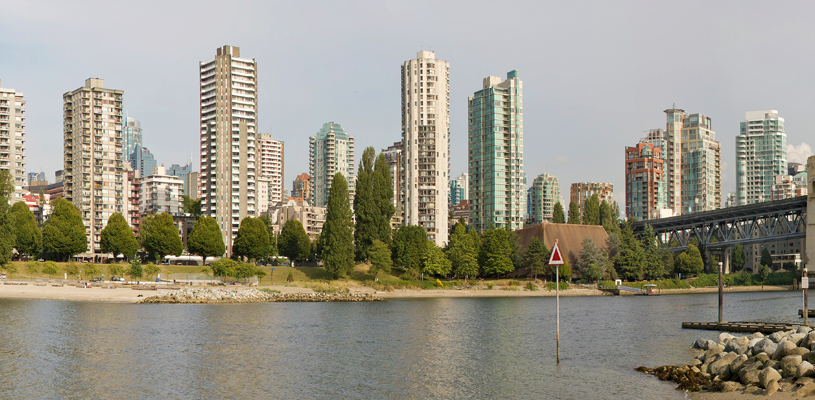What makes a resilient city

As cities face a growing range of adversities and challenges in the 21st century, municipalities across the globe are more focused than ever on finding ways to foster resilience.
But what does it mean for a city to be resilient? It means the need to develop strategies for dealing with the future shocks and stresses and to be able to adapt and thrive in the face of these challenges.
That’s exactly the focus for the closing keynote session at the 2018 Municipal Innovators Conference in Calgary. The cities of Vancouver, Toronto and Calgary – all participants in the Rockefeller Foundations 100 Resilient Cities global network – shared insights on what makes a resilient city.
Daniel Fusca, Senior Policy Advisor – Engagement & Strong Neighborhoods from City of Toronto highlighted the importance of addressing resilience at a grassroots level by engaging communities and encouraging inputs based on residents own lived experiences. “What we’re really trying to do is light a spark to engage communities in the process of becoming resilient,” he said. Toronto’s resilience strategy is grounded in community involved a preliminary resilience assessment through extensive stakeholder consultation to identify specific challenges faced in the city.
For the City of Calgary, Brad Stevens, Chief Resilience Officer and Deputy City Manager discussed how resilience requires more than just an assumption that everything is going to be okay. He identified the four discovery keys (Inclusive Leadership & Decision Making; Environment Resilience; Infrastructure Resilience; Economic Resilience) used to build a strong, resilient Calgary.
In particular, he noted how the resilience of a city improves when diverse people have meaningful voices in decision making and leadership. “Diversity is essential to resilience. Having diverse perspectives makes for better decision making long term. “
Katia Tyan, Resilient Neighborhoods, shared insights from the approach taken in the City of Vancouver. When asked about what resilience meant to them, stakeholders framed the definition around hazards and risks (disasters) and not the day to day ability to thrive. Shocks and stressors are deeply felt at the neighborhood level she noted. Vancouver’s’ neighborhood program supports and amplifies current resilience-building initiatives, strategies and values through urban design, creating neighborhoods that are inherently resilient. The goal is to empower residents to respond to the unique challenges faced by their communities.
Across the panel, the speakers seem to agree that building resilience required collaboration within and across organizations. As Katia Tynan aptly summed it up, “Neighborhood resilience is important, but ultimately resilience is not the sole responsibility of one level of government. It requires a collective effort across multiple levels of government, non-profits and private sector to truly achieve resilience”
More information on the 100 Resilient Cities can be found at http://www.100resilientcities.org/



